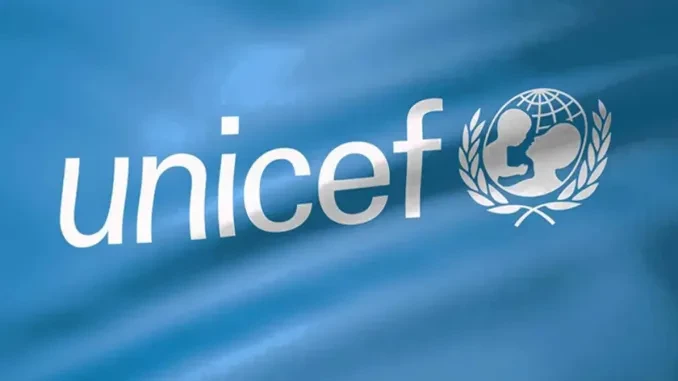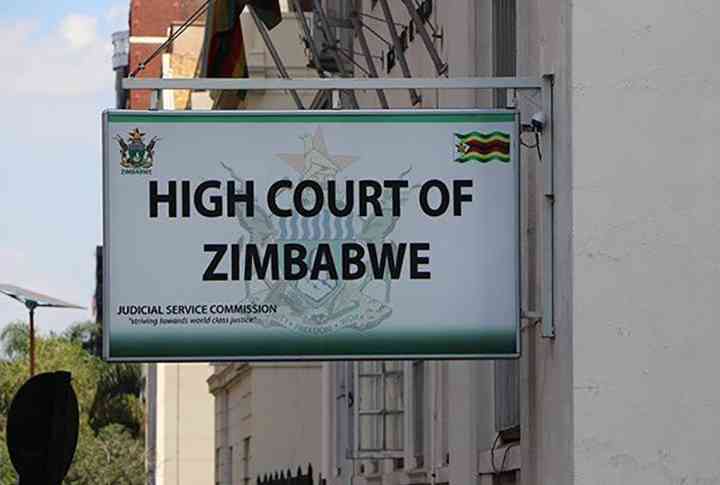THE latest Zimbabwe National Statistics Agency (ZimStat) data show that Zimbabwe imported merchandise worth US$851 million in May 2023, up 20.2% from US$708,12 million reported in April 2023.
Merchandise exports for the same month came in at US$654,21 million, up from US$555,55 million in April 2023.
This gives May 2023 external trade deficit (imports exceeding exports) of about -US$196.8 million, up 29% from the April 2023 trade deficit of about -US$152.57 million.
Cumulatively, Zimbabwe’s exports for the first 5 months of 2023 totalled US$2.59 billion (US$2,65 billion in 2022) while imports were US$3,56 billion (US$3,32 billion in 2022).
Overall, the January-May 2023 period witnessed a staggering trade deficit of about -US$0,97 billion which is 42,6% higher than a deficit of about -US$0.68 billion realised for the same comparable period (Jan-May) in 2022.
The widening trade deficit in the first half of 2023 (1HY23) is linked to relatively high global crude oil prices at a time Zimbabwe (a net oil importer and oil price taker) was facing increased fuel demand due to prolonged electricity load shedding hours averaging 15 hours per day.
Keep Reading
- Zimbabwe needs to rethink economic policies
- Zimbabwe needs to rethink economic policies
- Forex demand continues to fall
- Digital platforms transfer ZW$8tn
Also, the increased use of the US dollar in the economy is fuelling the deficit as the stronger US dollar makes Zimbabwean-made goods expensive for regional counterparts using their weak currencies while making foreign-made products cheap for Zimbabweans.
In the outlook, we expect the recent suspension of import duty on basics, deepening dollarisation, threats of oil production cuts by the global oil cartel (OPEC+), Russia-Ukraine war spillovers, fragility of the local currency, erratic domestic electricity generation, and chronic price inflation to worsen the external trade balance.
Unsustainably high trade deficits harm developing nations like Zimbabwe as more imports lead to deflation, increase the fiscal deficit, and collapse local manufacturing leading to the shipment of jobs overseas.
The approved 2023 national budget has an expenditure ceiling of ZWL4,5 trillion with a financing gap of ZWL575,5 billion that is expected to be covered through borrowing.
To cover the 2023 spending gap, Treasury announced plans to source an external loan facility (US$400 million), issue a domestic bond (US$100 million), issue Treasury Bills (TBs) (ZWL82,8 billion), and changes in bank balances (ZWL10 billion). However, Treasury will likely borrow more in 2HY23 than was initially anticipated.
It is currently facing enormous spending pressures due to severe ZWL and price instability experienced in the 1HY23 which has significantly reduced the real value of the approved national budget.
Statistics show the ZWL losing over 88% of its value in both foreign exchange markets in 1HY23.
Domestically, the available statistics are showing a significant jump in TBs issuance. In monthly terms, issued TBs were up 9% in April 2023 to ZWL391,59 billion while in annual terms, they were up 512% from ZWL63,94 billion issued in April 2022.
From the external front, Treasury recently secured the US$400 million external loan facility extended by the Abuja-based African Export- Import Bank (Afreximbank) in June 2023.
While borrowing to finance the budget gap is inevitable, Treasury must ensure that new borrowing is carefully set to keep the level of public debt on a sustainable path lest it fails to meet all its obligations without exceptional financial assistance or going into default.
The ZETDC, a subsidiary of Zimbabwe Electricity Supply Authority (Zesa) hiked electricity tariffs by more than 145% in June 2023. This was in line with poorly performing ZWL which had lost 55,1% of its value against the US dollar in the official interbank market in that respective month.
Earlier in May 2023, Zesa had also hiked electricity tariffs by more than 22% as ZWL erased 59,4% of its value.
While these hikes were inevitable as Zesa had to charge economic tariffs for it to be able to at least break even, the deep tariff hikes have exerted enormous shocks on household budgets because salaries have remained largely constant despite raging price inflation.
However, an electricity tariff hike is not expected in July 2023 as the rate of ZWL depreciation in parallel markets has started to show signs of slowing down while largely gaining in the official market.
Also, a pause in tariff hikes is likely since domestic generation by Zimbabwe Power Company (ZPC) has significantly improved as Hwange Units 7 and 8 with a combined installed capacity of 600MW have joined the national grid.
More so, power output from the 1050MW Kariba South Hydro plant has improved significantly after production was affected in early 2023 by critically low “live water” dam levels.
The improved domestic generation has largely dwarfed both load-shedding hours and electricity import bills. For example, the latest May 2023 statistics from ZimStat show electrical energy imports down 65,5% in May 2023 to settle at US$9,1 million.
For the outlook period, we anticipate near-zero daily power rationing hours.
But, be that as it may, scaled-down load shedding will likely persist throughout winter because of the increased electricity demand for household heating and irrigation by winter wheat farmers.
In June 2023, Zimbabwe Energy Regulatory Authority (Zera) reduced the price of a litre of diesel by 3,1% from US$1,61 in May 2023 to US$1,56 while that of petrol was reduced by 3,7% to US$1,56 from US$1,61 in May 2023.
Although Zera has also hiked ZWL fuel prices in June 2023, reporting of ZWL prices is now an official ritual just meant to conform with a dual currency regime.
The ZWL fuel market for the public is now non-existent since the dollarization of the fuel market by RBZ through the Direct Fuel Import (DFI) scheme in the second half of 2019 (2HY19).
On July 5 2023, Zera reviewed fuel prices per litre upwards to US$1,57 (petrol) and US$1,58 (diesel). - Zimcodd
Masses seriously brainwashed in the name of discipline, loyaltyTHE moment we accepted the Zimbabwe Electoral Commission (Zec) as an autonomous entity, was the moment we lost our vote.
Such bodies have never been apolitical. If you look closely you will find out that half the personnel manning Zec are serving army members and police, not to mention the Central Intelligence Organisation.
That is why Zanu PF spokesperson Christopher Mutsvangwa and information director Tafadzwa Mugwadi always boast of victory before a single vote is cast. Zanu PF can play games with the electorate using politicised civil servants who are all too happy to have the future of their siblings thrown into the dustbins as they manipulate the vote just to please their masters.
They are so brainwashed that they quickly forget that Zanu PF misrule brought about cholera outbreaks, Murambatsvina and the worthless Zimdollar.
These people have been brainwashed in the name of discipline and loyalty. As for the so-called ordinary people, fear is the deadly weapon used by the system. We are in a fix.
People fear war veterans who are ordinary people just like them. What a shame. As for war veterans, the greatest fear is that of losing their monthly trinkets and small pieces of land, and our opposition parties cannot help the situation as they are not clear on such issues.
Wake up opposition parties, wake up Zimbabweans! -Citizen





